"Now, any reader of the magazine will understand that we're Honda fans in these towers. The legacy of Soichiro Honda may not have been graced by many top-line performance cars of late, but we reckon that's set to change over "

Driving the last JDM hero: the original Honda NSX
Back in 2005, pretty much all JDM legends had met their demise – with one notable exception…
In the mid-noughties, the JDM hero car was pretty much dead.
The Toyota Supra was long-gone, and bullet-fast acronyms such as GT-R and LFA had yet to emerge from Nissan and Lexus, leaving buyers with a single choice – the original Honda NSX.
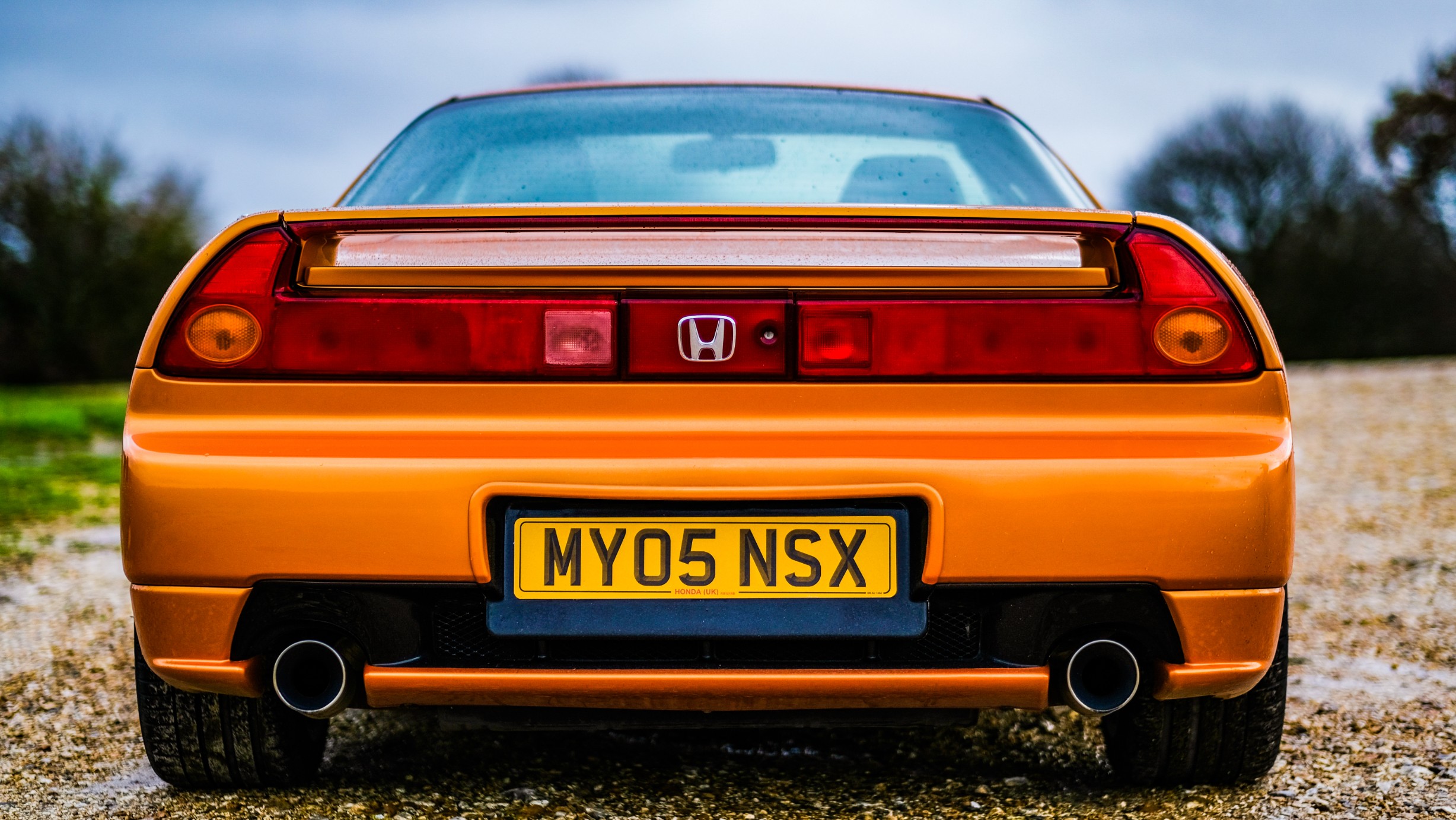
How does a teenage JDM supercar compare in the modern era?
Upon seeing an NSX in the metal, the first thing that really gets you is how mega it still looks today. That low-slung iconic body (only 117cm tall) – essentially a cockpit mounted onto an engine if you like – making for one of the most iconic and recognisable designs in recent history from pretty much all angles.
Despite being a teenager, the cabin still feels a classy place to be – utterly driver-focused by design. From to low seating position behind the wraparound dashboard (including a cassette player!) giving it a compact feel with all essential controls laid out for one single purpose – the art of driving very fast.
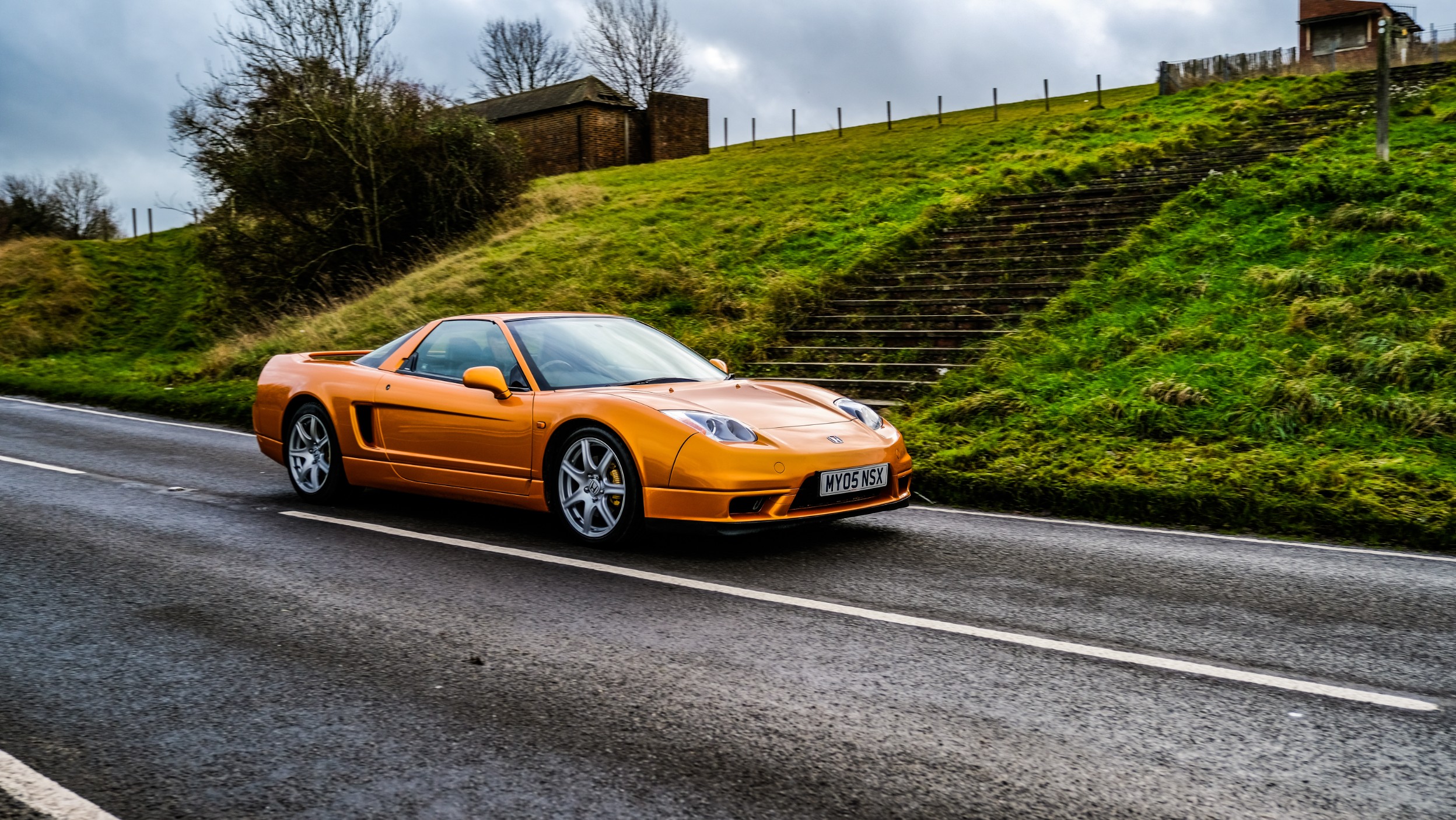
When it comes to power, the Honda NSX boasts 276bhp and a reasonable 220lb-ft of torque to play with from its 3.2-litre V6 engine. Hitting the road via a brilliant six-speed manual box and limited slip differential giving a 5.7-second dash to 62mph and 168mph top speed.
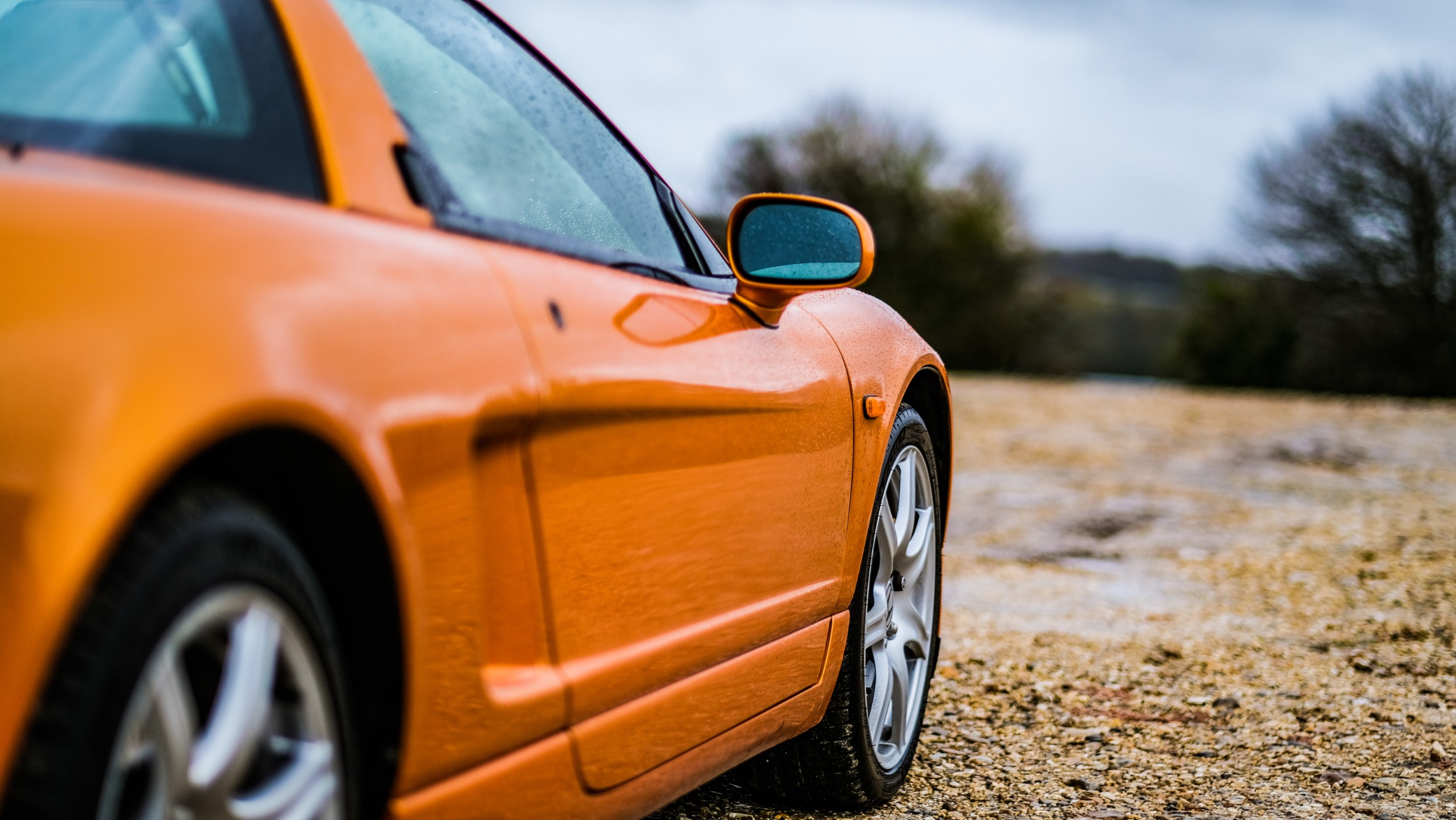
This is why the NSX is still a poster car hero
Yes, a modern hot hatch will give it a run for its money with some showing it a clean set of heels with ease. But, as usual with hero cars, this is irrelevant for one simple reason.
The Honda NSX is still, and always will be, one of the best drivers’ cars ever produced.
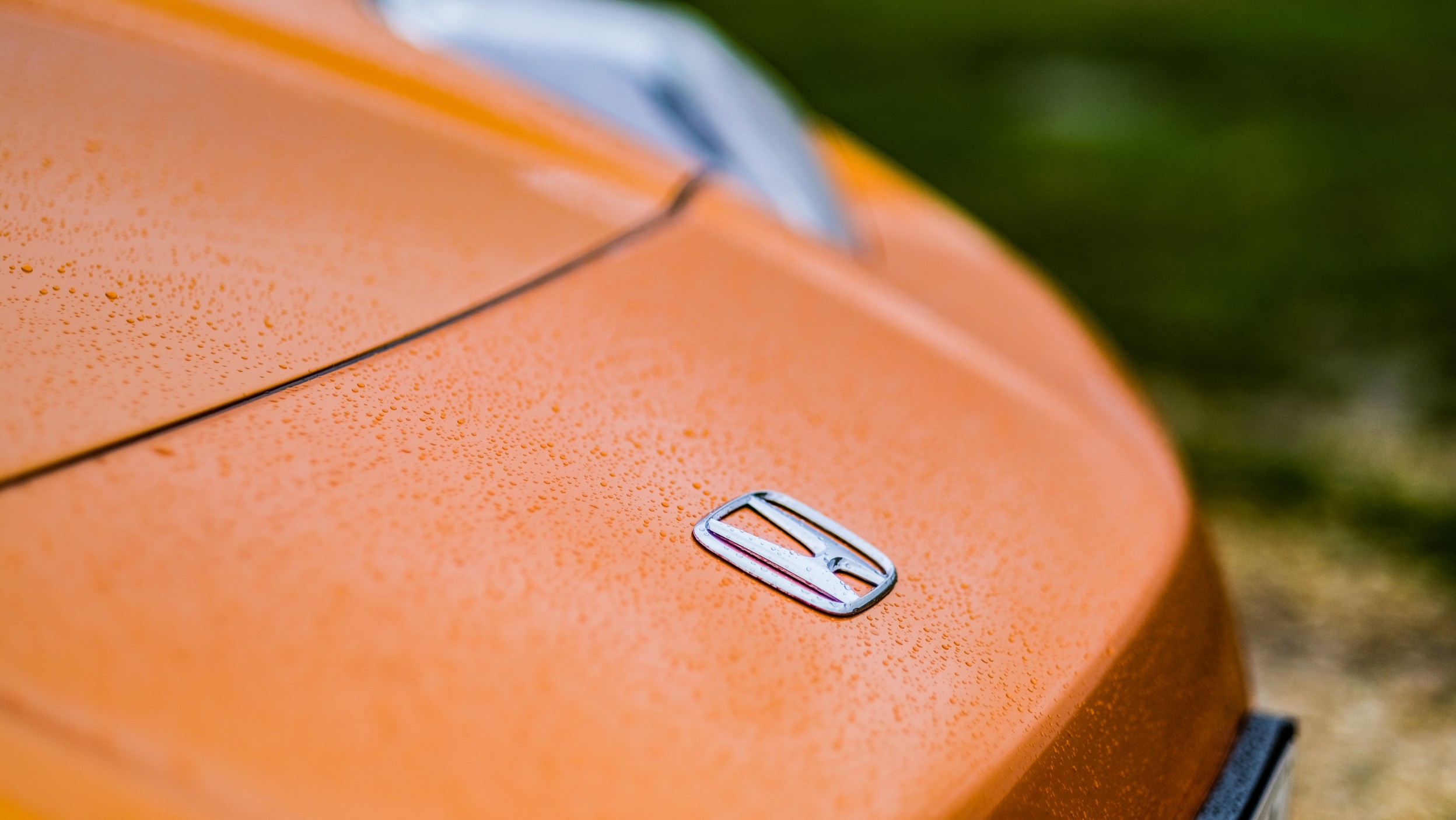
Show it some corners, and the nose feels light and agile with a super-pointy precision turn-in. The steering is a little heavy but is fully dialled in with loads of feel and feedback as to what’s going on. At the rear end, you get a wealth of grip thanks to the near-perfect weight distribution and a super-composed suspension set-up allowing you to hang it out in the corners with ease.
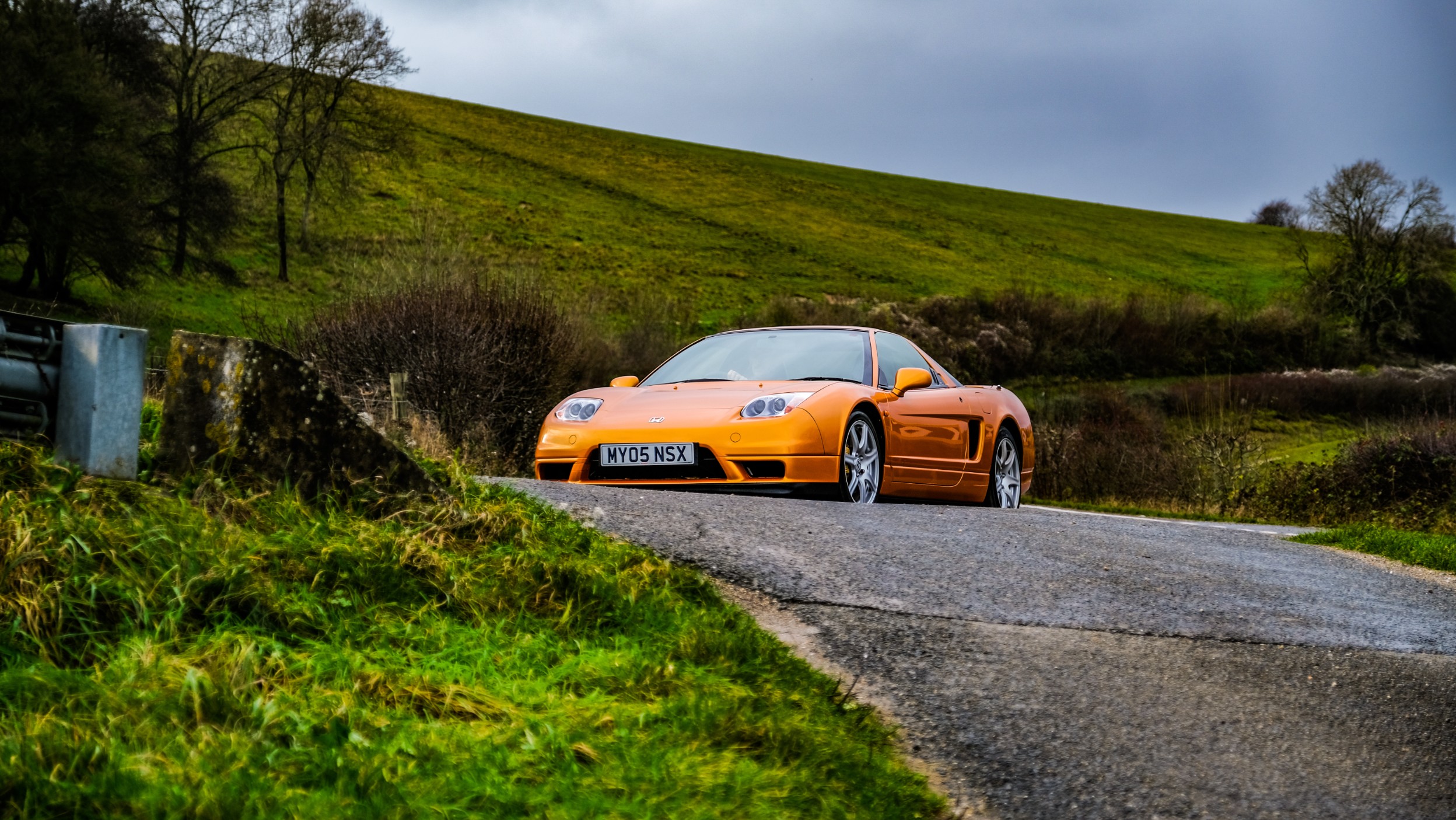
For what it lacks in out-and-out pace is more than made up for with all of its substantial cornering ability. Hustle it into a twisting road at speed and it comes alive in your hands. All of the mechanical involvement and feel making you an essential part of the fast-but-never-frantic action of high-speed JDM hero driving.
Old-school mechanical and nearly endless ratios
The NSX is a car that is best described as utterly mechanical in the way it feels and drives. Take the six-speed manual box for example – with every gear change comes a solid ‘ker-chunk’ noise and feel, putting you right in the midst of the action. The differential and gearbox emit a distinct whine when you push it hard. Which, of course, leads to more noise: a growling, bellowing rumble reminding you of the fury occurring inches behind the driver’s seat.
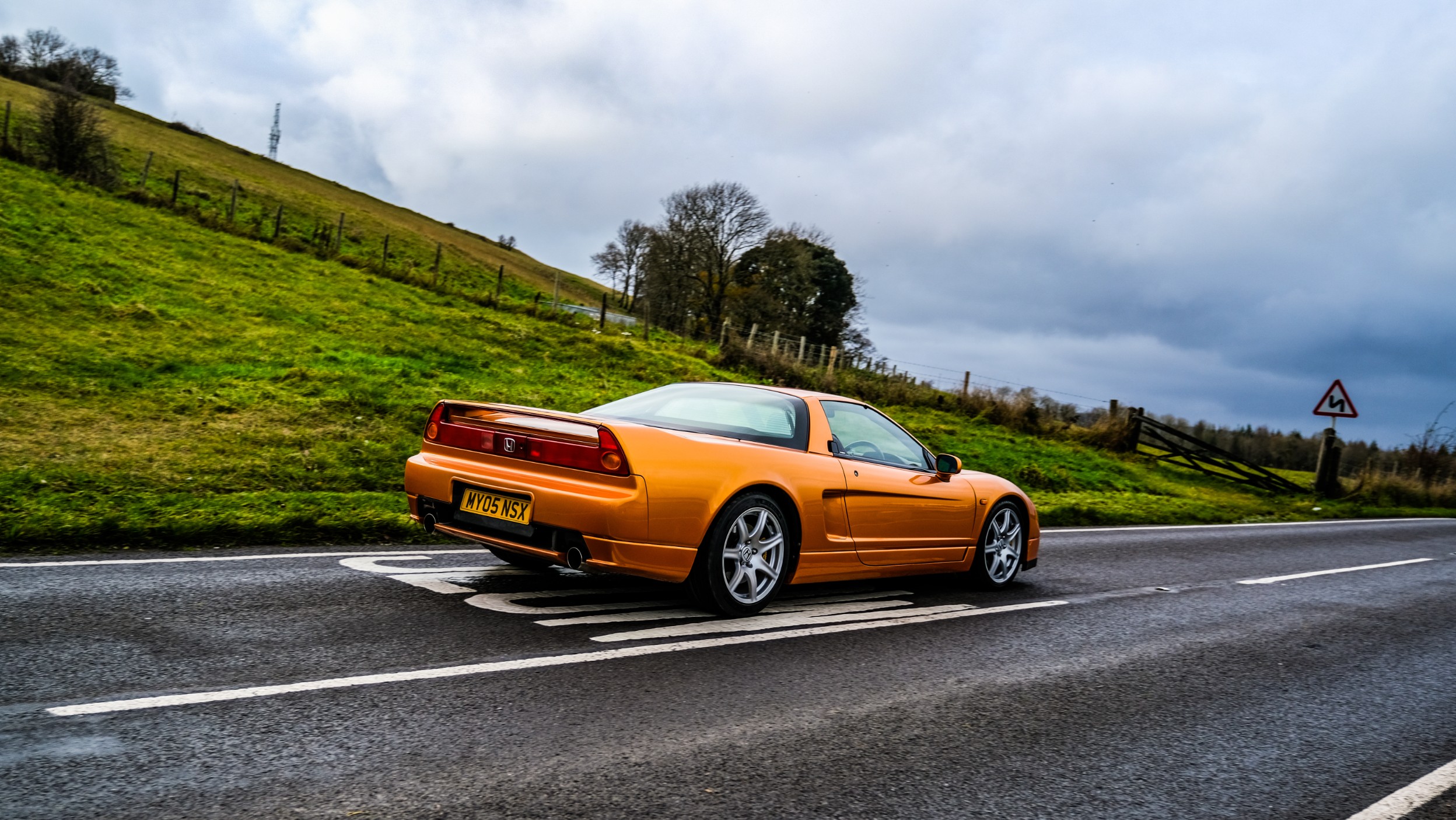
In a hark back to a now bygone era, the naturally aspirated 3.2-litre V6 engine is still something extraordinary. Under hard acceleration, the rev-counter seems to be almost endless. Mash the throttle hard, and it laughs in the face of other cars who’d be crying for a gear change long ago. Not in an NSX though, as the harder you prod the pedal, the louder the mechanical symphony becomes, leaving you thinking “it has to be time to change up” until you see only 5,000rpm on the rev-counter. Naturally leading you to floor it further still all the way to the red-line.
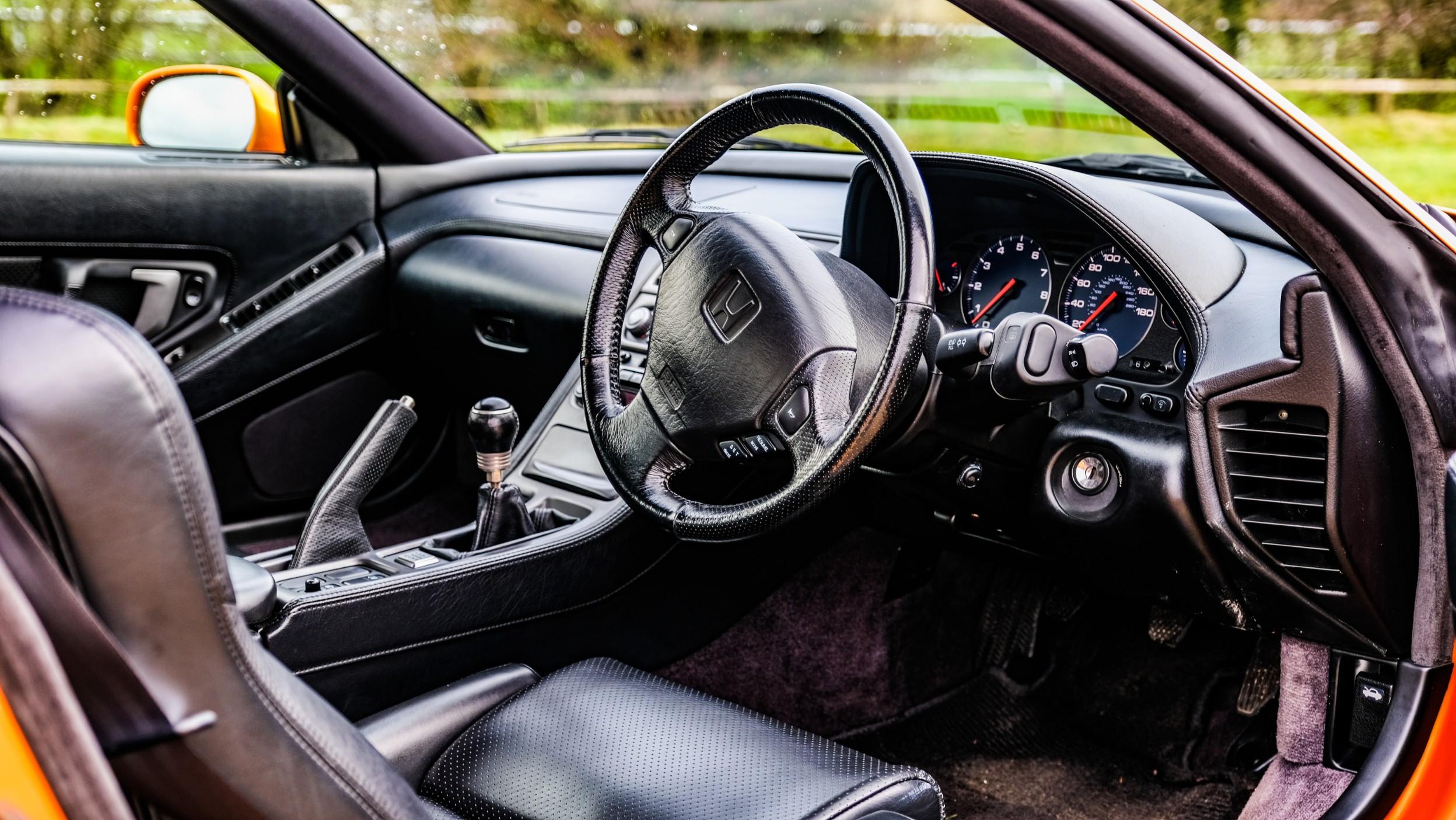
Yes, the original Honda NSX is worthy of legendary status
Over 34 years since its introduction, the NSX is deserving of legend status. Driving one on UK roads is a rare event. Transforming you into a hero with continual waves of approval wherever you go.
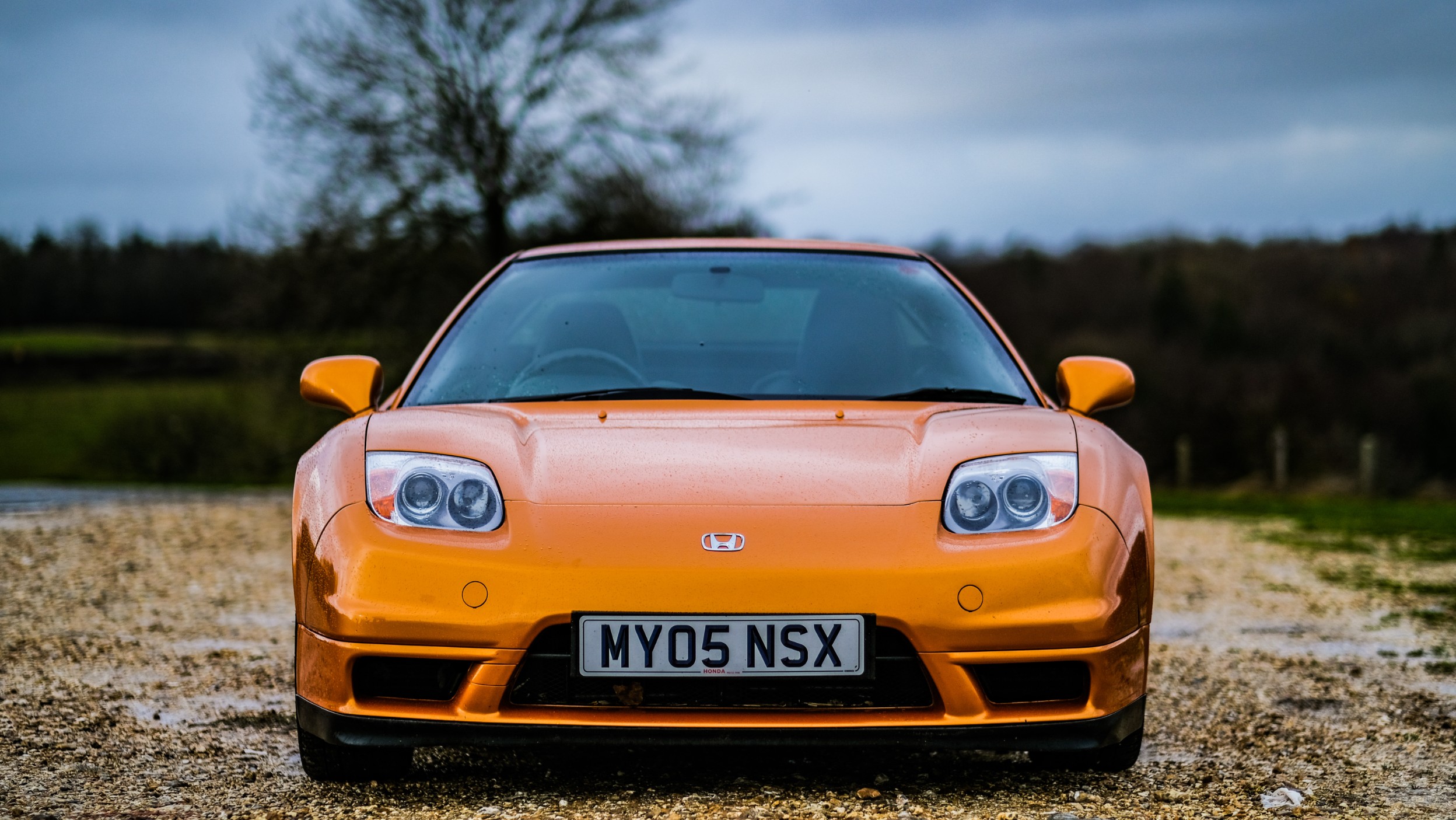
At the core of the hero factor, the much-vaunted Senna involvement and the way it drives – from the super-composed tactile and grippy cornering ability to the highly immersive mechanical driving involvement – it is still, even after all these years, a staggeringly brilliant purist driver’s car.
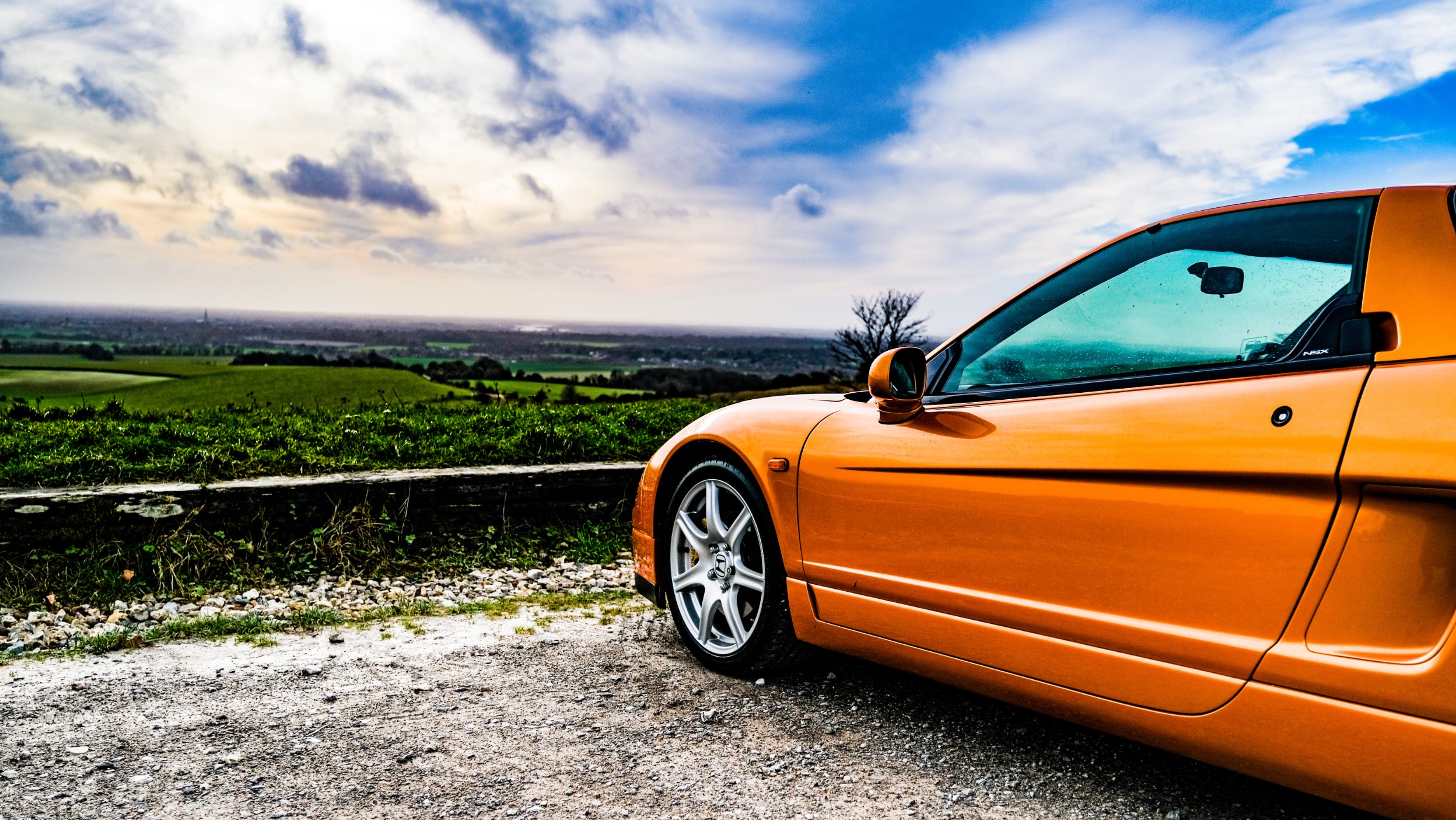
images: Thomas Morris
CLICK TO ENLARGE










